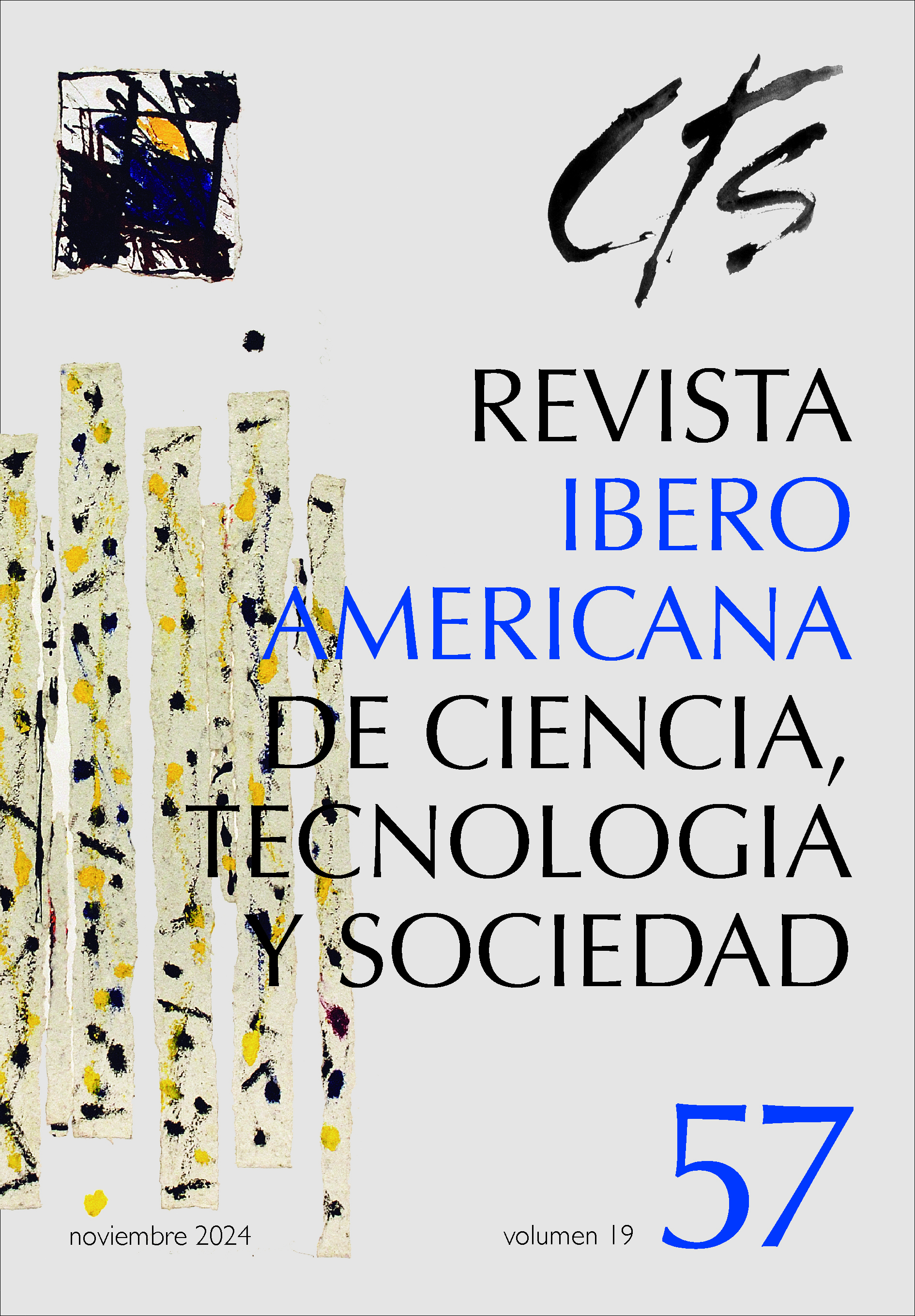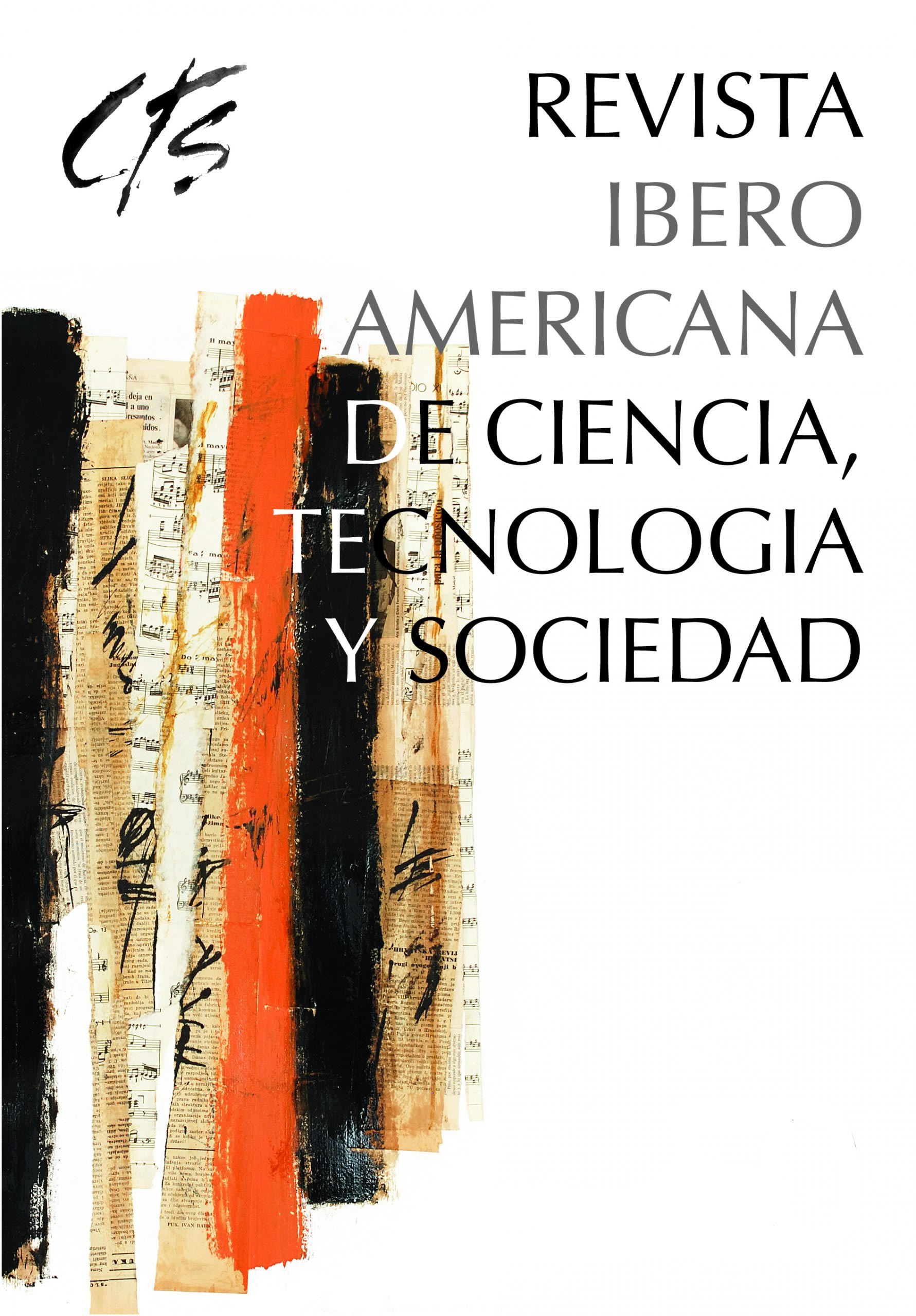La vida exterior del Prozac
Depresión y tecnociencia
DOI:
https://doi.org/10.52712/issn.1850-0013-441Palabras clave:
depresión, antidepresivos, serotonina, psicofármacos, tecnocienciaResumen
Las últimas décadas del siglo XX transformaron profundamente nuestra experiencia y comprensión del terreno afectivo; en lo que hace a los sentimientos negativos, un punto clave ha sido el ascenso de la categoría de depresión. En este artículo se examina parte de esta historia para argumentar que la depresión puede entenderse como una categoría de la tecnociencia, explorando a su vez ciertos problemas epistemológicos y políticos que ello implica. Para analizar el rol que jugaron el desarrollo, la mercantilización y el consumo de antidepresivos en la expansión de la categoría diagnóstica de depresión, el artículo propone trabajar con la idea de una “vida exterior” de las pastillas. Esta noción busca reunir, por un lado, una consideración de la circulación mercantilizada y sociocultural de los antidepresivos y, por el otro, un énfasis en sus efectos materiales, entendidos sin embargo como inseparables de dicha circulación. Con un enfoque crítico e interdisciplinario, se recuperan aportes y debates de los nuevos materialismos y de los estudios sobre la ciencia para intervenir en las complejas controversias actuales sobre la depresión y los antidepresivos, resaltando ante todo la inseparabilidad de biología y política en las discusiones contemporáneas sobre el malestar y sus tratamientos.
Descargas
Citas
Aftab, A. (2022). The Case for Antidepressants in 2022. Psychiatry at the Margins. Recuperado de: awaisaftab.substack.com/p/the-case-forantidepressants-in-2022.
Appadurai, A. (1991). La vida social de las cosas. Perspectiva cultural de las Mercancías. México: Grijalbo.
Barad, K. (2008). Posthumanist Performativity: Toward an Understanding of How Matter Comes to Matter. En S. Alaimo & S. J. Hekman (Eds.), Material Feminisms. Bloomington: Indiana University Press.
Becker, H. (2016). Cómo fumar marihuana y tener un buen viaje. Una mirada sociológica. Buenos Aires: Siglo XXI.
Bennett, J. (2022). Materia vibrante. Una ecología política de las cosas. Buenos Aires: Caja Negra.
Cecchi, H. (2001). Una noticia para comerse las uñas. Página/12, 16 de agosto. Recuperado de: https://www.pagina12.com.ar/2001/01-08/01-08-16/pag19.htm.
Clarke, A. E., Mamo, L., Fishman, J. R., Shim, J. K. & Fosket, J. R. (2003). Biomedicalization: Technoscientific Transformations of Health, Illness, and U.S. Biomedicine. American Sociological Review, 68(2), 161.
Cuthbertson, C. (2015). Pharmaceutical Technologies and the Management of Biological Citizens in Chile. En S. E. Bell & A. E. Figert (Eds.), Reimagining (Bio)medicalization, Pharmaceuticals and Genetics. Old Critiques and New Engagements. Nueva York: Routledge.
Cvetkovich, A. (2012). Depression. A Public Feeling. Durham & Londres: Duke University Press.
Dumit, J. (2000). When Explanations Rest: “Good-enough” Brain Science and the New Socio-medical Disorders. En M. Lock, A. Young & A. Cambrosio (Eds.), Living and Working with the New Medical Technologies (209-232). Cambridge: Cambridge University Press.
Dumit, J. (2003). Is It Me or My Brain? Depression and Neuroscientific Facts. Journal of Medical Humanities, 24(1/2), 35-47.
Dumit, J. (2004). Picturing Personhood. Brain Scans and Biomedical Identity. Princeton: Princeton University Press.
Dupré, J. (2002). Human Nature and the Limits of Science. Oxford: Oxford University Press.
Foucault, M. (1996). La vida de los hombres infames. Ensayos sobre desviación y dominación. Buenos Aires: Altamira.
France, C. M., Lysaker, P. H. & Robinson, R. P. (2007). The “Chemical Imbalance” Explanation for Depression: Origins, Lay Endorsement, and Clinical Implications. Professional Psychology: Research and Practice, 38(4), 411-420.
Fraser, M. (2001). The Nature of Prozac. History of the Human Sciences, 14(3), 56-84.
Fraser, M. (2003). Material Theory: Duration and the Serotonin Hypothesis of Depression. Theory, Culture & Society, 20(5), 1-26.
Gardner, P. (2003). Distorted Packaging: Marketing Depression as Illness, Drugs as Cure. Journal of Medical Humanities, 24(1/2), 105-130.
Gill-Peterson, J. (2016). Neurofeminism. En V. Pitts-Taylor (Ed.), Mattering (188-203). Nueva York: New York University Press.
Haraway, D. J. (1995). Ciencia, cyborgs y mujeres. Madrid: Cátedra.
Haraway, D. J. (2021). Testigo_Modesto@Segundo_Milenio. HombreHembra©_Conoce_OncoRata®. Feminismo y tecnociencia. Buenos Aires: Rara Avis.
Harrington, A. (2019). Mind Fixers. Psychiatry’s Troubled Search for the Biology of Mentall Illness. Nueva York: W. W. Norton.
Healy, D. (1997). The Antidepressant Era. Cambridge: Harvard University Press.
Hengartner, M. P. & Plöderl, M. (2018). Statistically Significant Antidepressant-Placebo Differences on Subjective Symptom-Rating Scales Do Not Prove That the Drugs Work: Effect Size and Method Bias Matter! Frontiers in Psychiatry, 9.
Hirshbein, L. D. (2009). American Melancholy. Constructions of Depression in the Twentieth Century. Nueva Brunswick & Londres: Rutgers University Press.
Karp, D. A. (2017). Speaking of Sadness. Depression, Disconnection, and the Meanings of Illness. Oxford: Oxford University Press.
Kramer, P. D. (1994). Escuchando al Prozac. Un psiquiatra explora el campo de los antidepresivos. Barcelona: Seix Barral.
Kramer, P. D. (2006). Contra la depresión. Barcelona: Seix Barral.
Lacasse, J. R. & Leo, J. (2005). Serotonin and Depression: A Disconnect between the Advertisements and the Scientific Literature. PLoS Medicine, 2(12), e392.
Lakoff, A. (2005). Pharmaceutical Reason. Knowledge and Value in Global Psychiatry. Cambridge: Cambridge University Press.
Latour, B. (2022). Pasteur: Guerra y paz de los microbios, seguido de Irreducciones. Buenos Aires: Isla Desierta.
Lewis, B. (2006). Moving Beyond Prozac, DSM, & the New Psychiatry. The Birth of Postpsychiatry. Ann Arbor: University of Michigan Press.
Morozov, E. (2015). La locura del solucionismo tecnológico. Madrid & Buenos Aires: Katz.
Pignarre, P. (2012). Comment la dépression est devenue une épidémie. París: La Découverte.
Rose, N. (2012). Políticas de la vida. Biomedicina, poder y subjetividad en el siglo XXI. Buenos Aires: UNIPE.
Rose, N. & Abi-Rached, J. M. (2013). Neuro. The New Brain Sciences and the Management of the Mind. Princeton: Princeton University Press.
Sadowsky, J. H. (2021). The Empire of Depression. A New History. Cambridge: Polity.
Sánchez, A. (2021). Fármaco. Buenos Aires: Odelia.
Slaby, J. & Gallagher, S. (2015). Critical Neuroscience and Socially Extended Minds. Theory, Culture & Society, 32(1), 33-59.
Solana, M. (2017). Relatos sobre el surgimiento del giro afectivo y el nuevo materialismo: ¿está agotado el giro lingüístico? Cuadernos de Filosofía, 69, 87-103.
Time (1952). Medicine: TB and Hope. Time, 3 de marzo. Recuperado de: https://content.time.com/time/subscriber/article/0,33009,890255,00.html.
Vidal, F. & Ortega, F. (2012). Are there Neural Correlates of Depression? En S. Choudhury & J. Slaby (Eds.), Critical Neuroscience. A Handbook of the Social and Cultural Contexts of Neuroscience. Chichester: Wiley Blackwell.
Wilson, E. A. (2021). Feminismo de las tripas. Buenos Aires: Club Hem.
Descargas
Publicado
Cómo citar
Número
Sección
Licencia
Derechos de autor 2023 CC Attribution 4.0

Esta obra está bajo una licencia internacional Creative Commons Atribución 4.0.
Todos los números de CTS y sus artículos individuales están bajo una licencia CC-BY.
Desde 2007, CTS proporciona un acceso libre, abierto y gratuito a todos sus contenidos, incluidos el archivo completo de su edición cuatrimestral y los diferentes productos presentados en su plataforma electrónica. Esta decisión se sustenta en la creencia de que ofrecer un acceso libre a los materiales publicados ayuda a un mayor y mejor intercambio del conocimiento.
A su vez, para el caso de su edición cuatrimestral, la revista permite a los repositorios institucionales y temáticos, así como también a las web personales, el auto-archivo de los artículos en su versión post-print o versión editorial, inmediatamente después de la publicación de la versión definitiva de cada número y bajo la condición de que se incorpore al auto-archivo un enlace a la fuente original.











